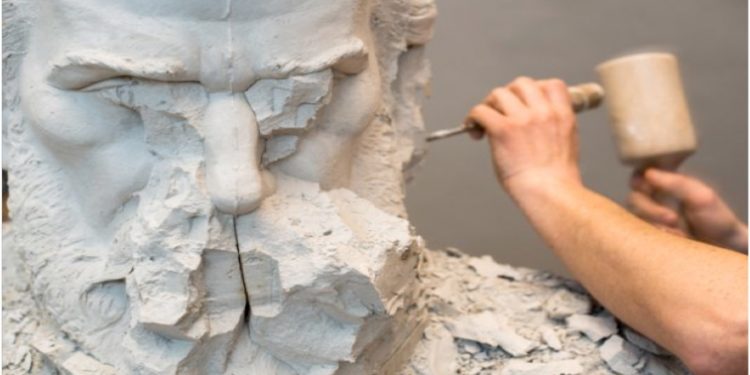Judged purely on its merits as a film, Monuments is terrific entertainment. The studio made the smart decision to release the movie in February, rather than during the awards season, when it would have gotten lost in the shuffle. George Clooney directed the film and he and Grant Heslov wrote the script. While the writing and directing were not ground-breaking, the movie had a lot of great one-liners that portrayed the characters well. A phenomenal ensemble embodies those characters; besides Clooney, the cast includes Cate Blanchett, Matt Damon, John Goodman and recent Fordham visitor Bill Murray. In terms of craft, Alexandre Desplat’s march-laden score is one of the best in recent films.
The Monuments Men were a group of art historians and museum curators who, as part of the Allied forces during World War II, infiltrated Europe to take back artwork that the Nazis had stolen and return it to its rightful owners. Their mission was initially scoffed at as unimportant to the larger goals of the war, but they ended up recovering several important works. Among these were van Eyck’s Ghent Altarpiece and Michelangelo’s Madonna of Bruges
Though The Monuments Men focuses on preserving visual art, it reminded me of the very modern pursuit of film preservation and the tragedy that we are losing some of the oldest movies ever made to natural decay. The first film stock was made of nitrocellulose, or nitrate film, which turned out to be highly flammable. This substance also gradually decomposes. Since early films were not preserved in any way, most of them have been lost forever to fires or the junk heap. According to Dave Kehr of the New York Times, “90 percent of all American silent films and 50 percent of American sound films made before 1950 appear to have vanished forever.”
Among these is the first film version of The Great Gatsby, made in 1926; only one minute-long trailer for the film survives. I would take the full version of that film over another Baz Luhrmann extravaganza any day.
There are several speeches in The Monuments Men about the importance of art to a country’s history and why art is worth the price of death. This may seem like high-minded nonsense, but it is true. Each part of our culture says something about us as a people. If we let a part of our culture die, whether by gunfire or decomposition, we lose an important statement of our beliefs and values.
I applaud The Monuments Men for their actions during the war, and I applaud the movie for being more than just a war film and for giving a moral in a way that is not ham-handed. We should take a lesson from this group of unlikely World War II heroes, and place the same value on our modern culture as these men put on classic works of art.





